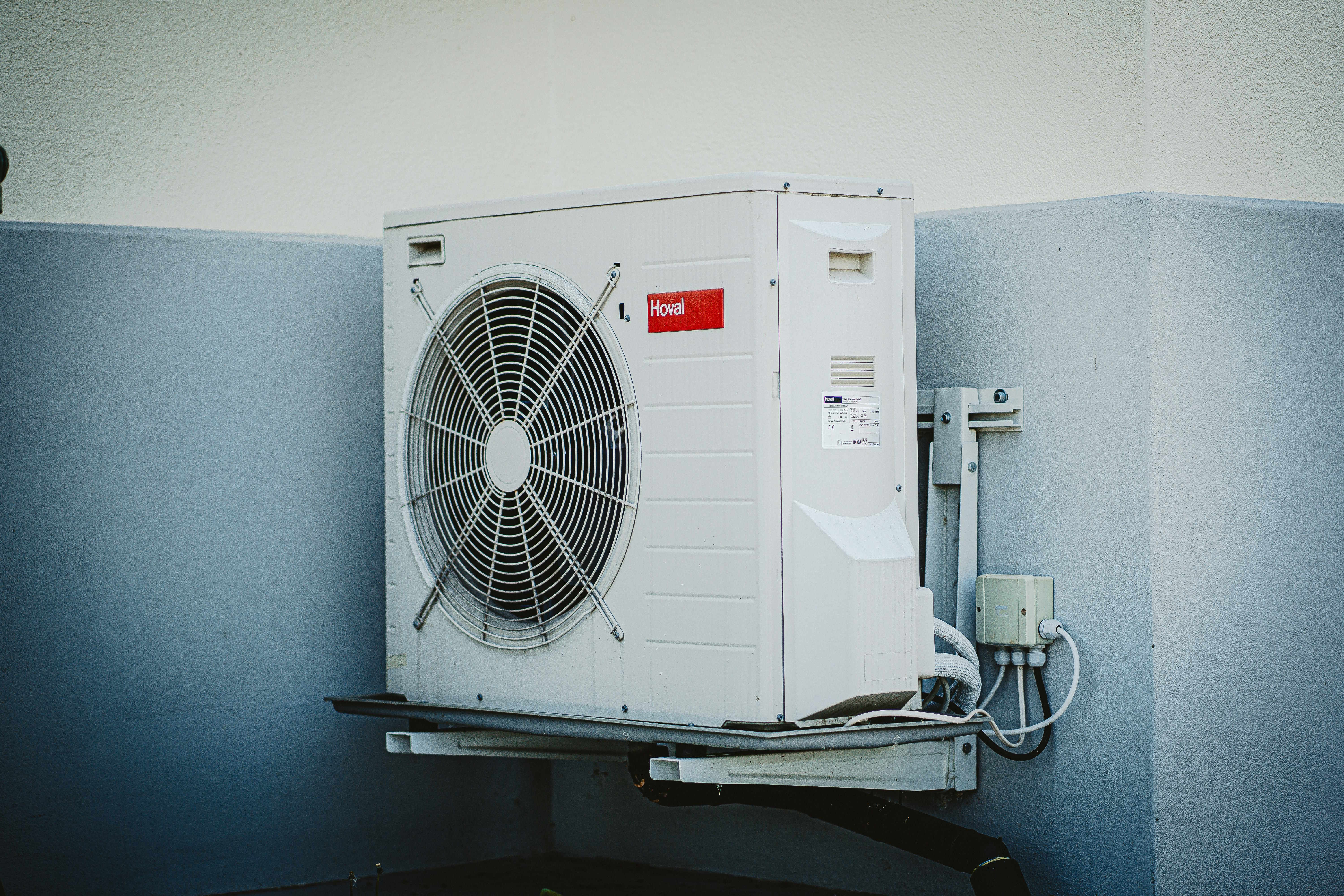Key Insights into Advancements and Energy Efficiency in Air Condition Technology for 2025
As we approach 2025, the air conditioning industry is poised for significant transformations. Technological advancements and a growing focus on energy efficiency are reshaping how we cool our spaces. This article explores the latest innovations in air conditioning technology, highlighting key breakthroughs and trends that will define the industry in the coming years.

What are the breakthroughs in next-gen air conditioning components?
The heart of air conditioning innovation lies in the development of advanced components. Manufacturers are focusing on creating more efficient compressors, heat exchangers, and refrigerants. Variable-speed compressors, for instance, allow systems to adjust their output based on cooling needs, significantly reducing energy consumption. Additionally, microchannel heat exchangers are becoming more prevalent, offering improved heat transfer and reduced refrigerant charge.
Another notable advancement is the shift towards alternative refrigerants with lower global warming potential (GWP). As environmental regulations tighten, the industry is moving away from hydrofluorocarbons (HFCs) towards more eco-friendly options like hydrofluoroolefins (HFOs) and natural refrigerants.
How are energy-saving technologies setting new standards for 2025?
Energy efficiency is at the forefront of air conditioning innovation. Manufacturers are incorporating advanced sensors and controls that optimize system performance based on occupancy, weather conditions, and user preferences. Inverter technology, which allows for variable speed operation, is becoming standard in high-efficiency units, leading to significant energy savings.
Another emerging trend is the use of thermal energy storage systems. These systems cool a medium (often water or ice) during off-peak hours when electricity rates are lower, then use this stored cooling during peak hours to reduce energy costs and strain on the power grid.
What smart home integration and adaptive cooling innovations can we expect?
The integration of air conditioning systems with smart home technology is rapidly advancing. Wi-Fi-enabled AC units that can be controlled via smartphone apps are becoming commonplace. These systems often incorporate machine learning algorithms to adapt to user preferences and optimize energy usage automatically.
Voice-activated controls through virtual assistants like Amazon Alexa or Google Home are also gaining popularity. Furthermore, geofencing technology allows AC systems to adjust based on occupants’ locations, ensuring comfort upon arrival while saving energy when the space is unoccupied.
How are environmental impacts and sustainable practices being navigated?
As climate change concerns grow, the air conditioning industry is focusing on sustainability. Manufacturers are prioritizing the use of recyclable materials in production and designing units for easier end-of-life recycling. Some companies are exploring the use of solar-powered air conditioning systems to reduce reliance on grid electricity.
Water conservation is another area of focus, particularly for large-scale cooling systems. Advanced water treatment and recycling technologies are being implemented to reduce water consumption in cooling towers. Additionally, there’s growing interest in alternative cooling methods like geothermal systems and evaporative cooling in appropriate climates.
What expert guidance is available for maintaining peak efficiency in modern AC systems?
Maintaining modern AC systems requires a combination of regular professional service and smart user practices. Experts recommend annual professional maintenance to ensure optimal performance and longevity. This typically includes cleaning or replacing filters, checking refrigerant levels, and inspecting electrical components.
For homeowners, regular filter cleaning or replacement is crucial. Many modern systems now include filter replacement reminders or even self-cleaning features. Experts also advise using programmable thermostats effectively, ensuring proper insulation, and avoiding setting the thermostat to extreme temperatures, which can strain the system unnecessarily.
What are the cost implications of these new air conditioning technologies?
While advanced air conditioning technologies often come with higher upfront costs, they can lead to significant long-term savings through reduced energy consumption. High-efficiency systems with SEER (Seasonal Energy Efficiency Ratio) ratings of 16 or higher can substantially lower electricity bills compared to older, less efficient models.
| Technology | Estimated Cost Increase | Potential Annual Energy Savings |
|---|---|---|
| Variable-speed Compressor | 20-30% higher | Up to 40% |
| Smart AC with Wi-Fi | $200-$500 additional | 10-15% |
| High SEER Rating (20+) | 30-50% higher | Up to 50% |
| Inverter Technology | 15-25% higher | 30-50% |
Prices, rates, or cost estimates mentioned in this article are based on the latest available information but may change over time. Independent research is advised before making financial decisions.
The initial investment in these advanced technologies can be offset by energy savings over time, with many homeowners seeing a return on investment within 3-5 years. Additionally, some regions offer rebates or tax incentives for installing high-efficiency HVAC systems, further reducing the overall cost to consumers.
In conclusion, the air conditioning industry is evolving rapidly, with a strong focus on energy efficiency, smart technology integration, and environmental sustainability. As we approach 2025, these advancements promise to deliver more comfortable, cost-effective, and eco-friendly cooling solutions for homes and businesses alike.



